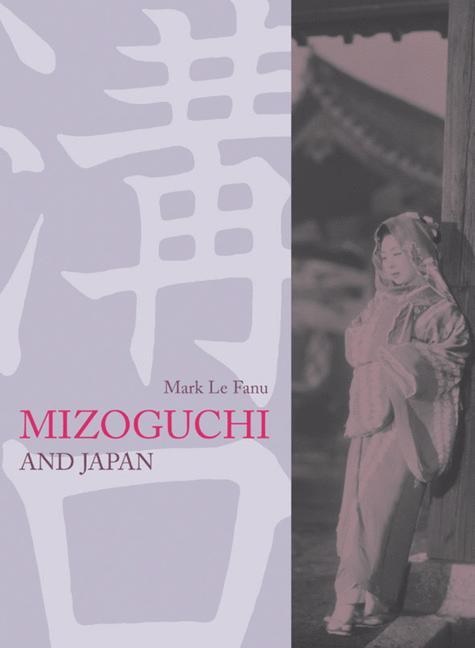Read more
Zusatztext We have waited twenty years for a decent new book on the subject. We are fortunate to have got one as good as this. Informationen zum Autor Mark Le Fanu lives and works in Denmark, where he is director of film history at the European Film College. Besides his interest in Japanese cinema, he is the author of a widely-acclaimed pioneer study of the Russian film-maker Tarkovsky (The Cinema of Andrei Tarkovsky, BFI books), and is a frequent contributor to journals such as Sight & Sound and Positif. Klappentext Described as the Shakespeare of film! Mizoguchi's style confirms him as one of the great avant-garde directors. Zusammenfassung For a majority of film-goers! the names most usually associated with classic Japanese cinema are those of Kurosawa and Ozu. Yet during the early 1950s! at the same time that Kurosawa was becoming known to the public through the release of classics like Rashomon and The Seven Samurai! another Japanese director! Kenji Mizoguchi! quietly came out with a trilogy of films-The Life of Oharu! Ugetsu Monogatari and Sansho the Bailiff-that are the equal of Kurosawa's in mastery! and which by any account rank among the greatest and most enduring masterpieces of world cinema. As a storyteller! Mizoguchi was drawn to the plight and oppression of women throughout the ages- it was! for him! the 'subject of subjects'. So in addition to the movies just mentioned! he is remembered for a string of masterly contemporary films that examined! with unprecedented candour and ferocity! the conditions of life in Japanese brothels and geisha houses. Yet! as well as being a moralist. Mizoguchi was a stylist. His films are considered by critics to be among the most beautiful ever made! from a purely pictorial point of view. Filmgoers who have responded enthuslastically in recent years to Chinese classics like Farewell My Concubine or to the colourful works of Zhang Yimou will be delighted to discover 'pre-echoes' of this cinema in such late films by this Japanese master as The Empress Yang Kwei Fei and Tales of the Taira Clan (both released in 1955) works in which Despite his extraordinary qualities as a film-maker! Mizoguchi and Japan is the first full -length study in English for over 20 years of a director whose work is as vibrant now as it ever was in its heyday! and whom the French film review Cahiers du Cinema recently hailed 'the greatest of all cineastes.' Inhaltsverzeichnis Chapter One: Why Mizoguchi? Chapter Two: Preliminary clarifications -the historical background -biographical considerations -Mizoguchi on set Chapter Three: The Great Triptych ( The Life of Oharu! Sansho The Bailiff! Ugetsu Monogatari) Chapter Four: Further Historical Masterpieces (The Loyal 47 Ronin! Chikamatsu Monogatari! The Empress Yang Kwei Fei! Tales of the Taira Clan) Chapter Five: Geisha! Prostitution and the Street (Osaka Elegy! Sisters of the Gion! Straits of Love and Hate! Women of the Night! Street of Shame! Gion Festival Music! The Woman of Rumour) Chapter Six: Respectable Women ( The Love of Sumako the Actress! My Love Has Been Burning! A Picture of Madame Yuki! Miss Oyu! The Lady from Musashino) Chapter Seven: Alive or Dead? ( Mizoguchi's films up to 1936! and The Story of the Last Crysanthemum) Annotated bibliography Annotated filmography ...

